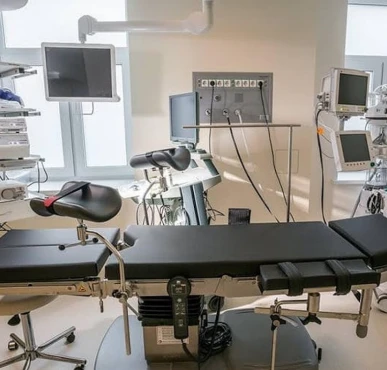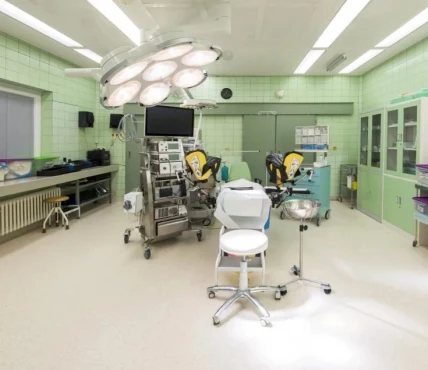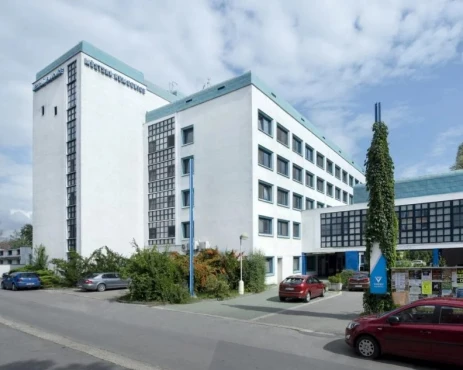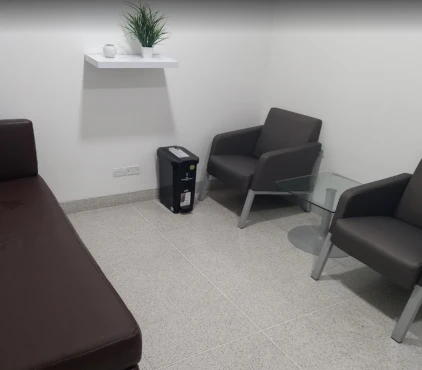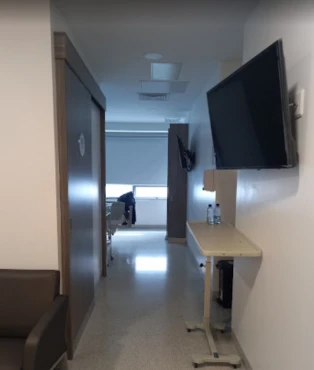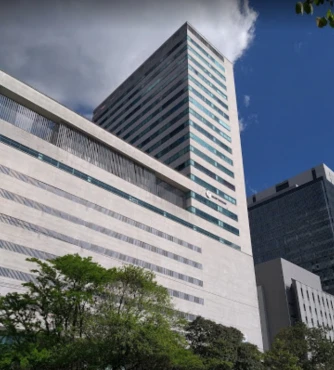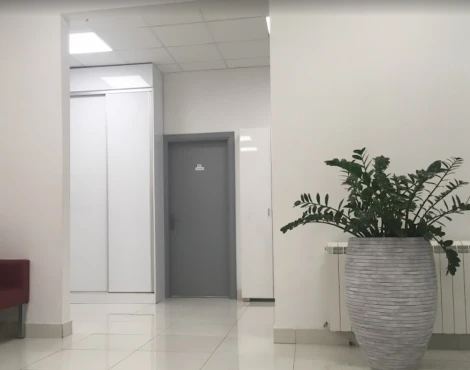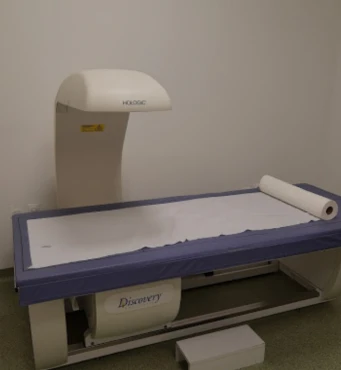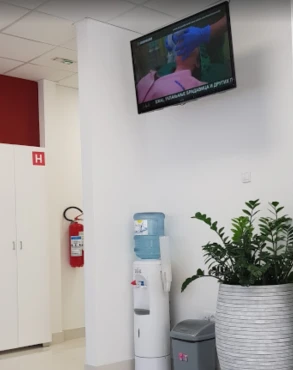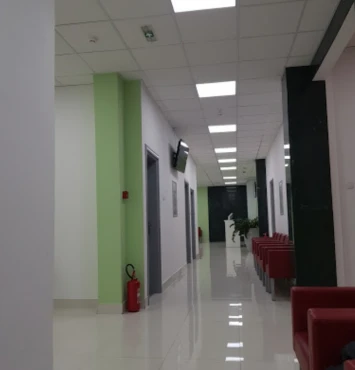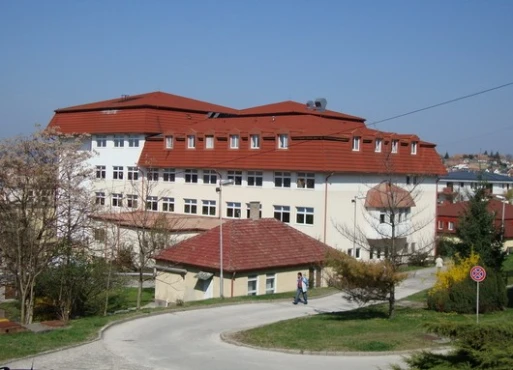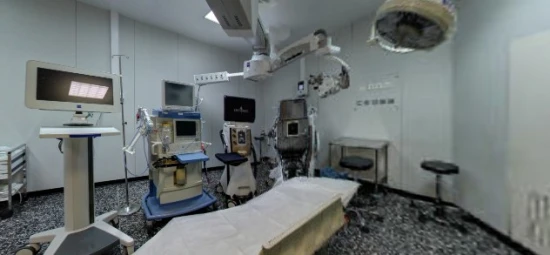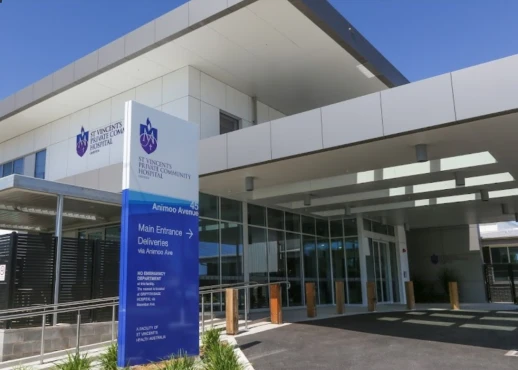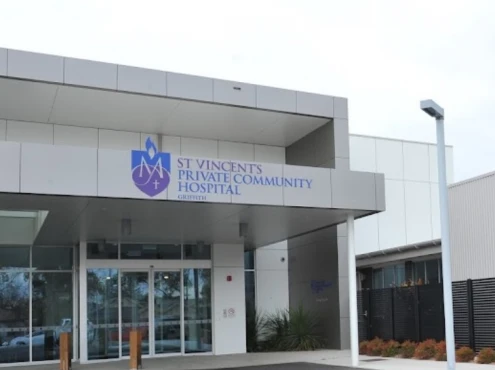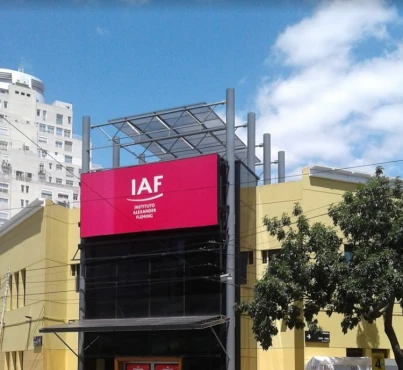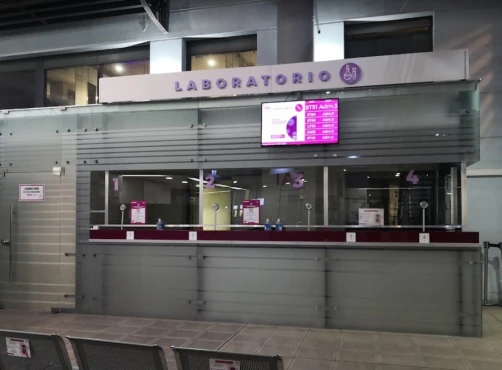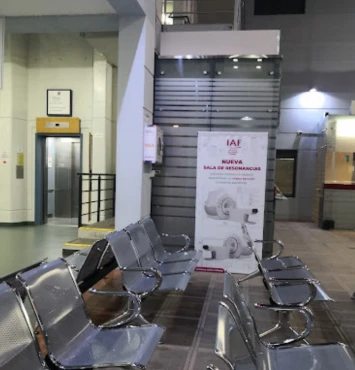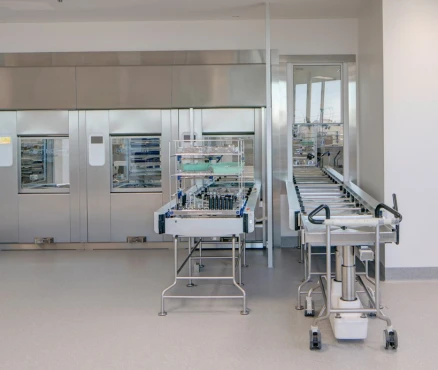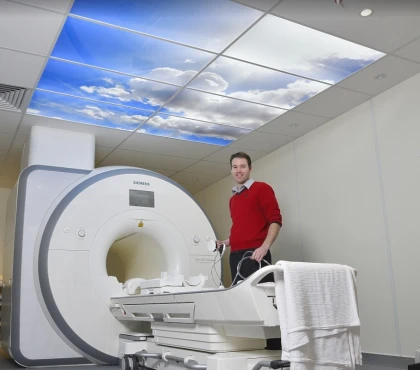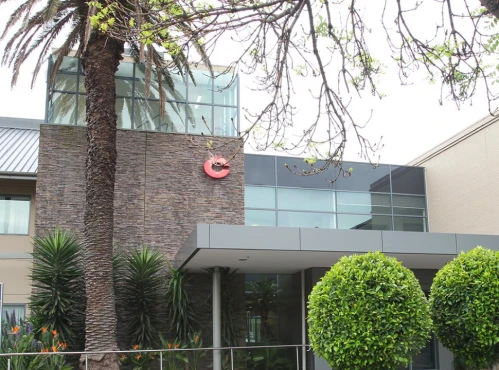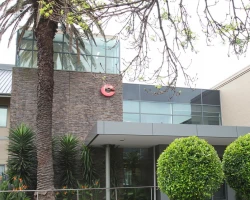What is hysteroscopy and when is it performed?
Hysteroscopy is a minimally invasive procedure where doctors use a thin, lighted tube with a camera to examine the inside of the uterus. Doctors often use it to investigate abnormal bleeding, remove fibroids or other growths, and diagnose or treat issues in the uterus. Hysteroscopy can be used both to find problems and to treat them.
Background of endoscopy and hysteroscopy
Endoscopy describes a wide range of minimally invasive medical procedures that use a small, lighted camera to examine internal organs. Hysteroscopy is a specialized form of endoscopy that focuses on the uterus. The advancement of endoscopic instruments and techniques has transformed gynecological surgery by reducing the need for open operations, shortening recovery times, and enhancing the precision of surgical interventions. Hysteroscopic procedures gained widespread adoption in the 1980s, offering a safer and more effective approach to treating uterine conditions such as fibroids.
What is hysteroscopic myomectomy?
Hysteroscopic myomectomy is a minimally invasive procedure that removes submucosal fibroids from the uterus without any external cuts. These fibroids can lead to heavy periods, pelvic pain, fertility issues, and miscarriages. Doctors use a hysteroscope, a thin, lighted tube with a camera, to see the fibroids and remove them with specialized tools [Stanford Medicine, 2024].
Who can benefit from hysteroscopic myomectomy?
Individuals who benefit the most from hysteroscopic myomectomy are those with submucosal fibroids that extend into the uterine cavity, particularly if these fibroids lead to heavy periods, fertility issues, or repeated miscarriages. Women who desire to maintain their fertility are especially suitable candidates, as hysteroscopic myomectomy allows for preservation of the uterus. This procedure is generally recommended for women with smaller, well-defined fibroids that can be easily accessed through the hysteroscope.
How is hysteroscopic myomectomy performed?
The hysteroscopic myomectomy procedure is typically performed under general or local anesthesia. First, the cervix is dilated to allow the hysteroscope, a thin, lighted tube with a camera, to be gently inserted into the uterine cavity. Next, a saline or gas solution is used to expand the uterus, providing the surgeon with a clear view of the fibroids.
Using specialized instruments, the surgeon then carefully cuts away and removes the fibroid tissue. This minimally invasive approach means there are no external incisions made, which helps to significantly reduce the patient's recovery time. Finally, since there are no external cuts, no stitches are required, and the procedure can be completed relatively quickly [Lasmar et al., 2022].
What are the Risks of Hysteroscopic Myomectomy?
Like any surgical procedure, hysteroscopic myomectomy carries some potential risks [Loddo et al., 2024], including:
- Uterine perforation: While uncommon, the uterine wall may be accidentally punctured during the surgery.
- Infection: There is a risk of postoperative infection in the uterus or surrounding tissues.
- Excessive bleeding: In some cases, significant bleeding may occur during or after the procedure.
- Fluid overload: The saline solution used to expand the uterus may be absorbed into the bloodstream, leading to complications.
- Adhesions: Scar tissue formation in the uterus could potentially impact future fertility.
What’s next? Novel options in hysteroscopic myomectomy
Recent advancements in surgical technology have led to new developments in hysteroscopic myomectomy. This includes the use of robotic-assisted hysteroscopy, which offers enhanced precision and control during the procedure. Additionally, morcellators, devices that break down large fibroids into smaller pieces, are increasingly being utilized to facilitate the removal of fibroids through the hysteroscope. This power morcellation technique allows for faster and more efficient removal of larger fibroids.
Researchers are also exploring non-surgical options, such as radiofrequency ablation, which aims to shrink fibroids without requiring their removal. Hysteroscopic tissue retrieval systems are also being investigated, as they are designed to minimize complications and improve outcomes for patients.
Post-treatment outcomes and potential need for re-Intervention after hysteroscopic myomectomy
Hysteroscopic myomectomy typically has a high success rate, with many patients reporting substantial relief from symptoms and improved fertility. Research indicates that approximately 80-90% of women undergoing this procedure experience improvements in menstrual bleeding and other related issues. Additionally, fertility rates often increase significantly, with many patients able to conceive within a year after the surgery. However, in some instances, additional intervention may be required if fibroids reappear or if the original symptoms persist.
Follow-up plan for patients after hysteroscopic myomectomy
Following hysteroscopic myomectomy, a comprehensive follow-up plan is crucial to ensure proper healing and monitor for potential recurrence of fibroids. This typically involves a few key steps.
First, patients will have a postoperative visit scheduled within 4-6 weeks after the procedure. During this initial checkup, the healthcare team will assess the patient's healing progress and ensure there are no complications arising from the surgery.
Additionally, imaging tests like ultrasound or MRI may be performed to verify that all the fibroid tissue has been successfully removed and to check for the development of any new fibroids. This helps the doctors closely monitor the patient's condition and identify any issues early on.
Lastly, it is important for patients to continue regular gynecological checkups on an ongoing basis. These follow-up appointments allow the healthcare providers to vigilantly watch for any signs of fibroid recurrence, particularly if the patient starts to experience a return of symptoms. In some cases, the patient may even need hormone therapy to help manage any regrowth of fibroids or to control persistent symptoms following the initial procedure.
Comparison with other surgical and therapeutic approaches
Compared to other surgical approaches like laparoscopic or abdominal myomectomy, hysteroscopic myomectomy is a less invasive procedure that avoids external incisions and allows for a faster recovery. Additionally, it is considered a safer option for women who wish to preserve their fertility, as it does not involve extensive manipulation of the uterus. However, hysteroscopic myomectomy is limited to treating fibroids located within the uterine cavity (submucosal fibroids), meaning that alternative surgical options may be necessary for fibroids situated outside the uterus. While hysterectomy remains the most definitive treatment for fibroids, it is generally not recommended for women who desire to maintain their fertility.
